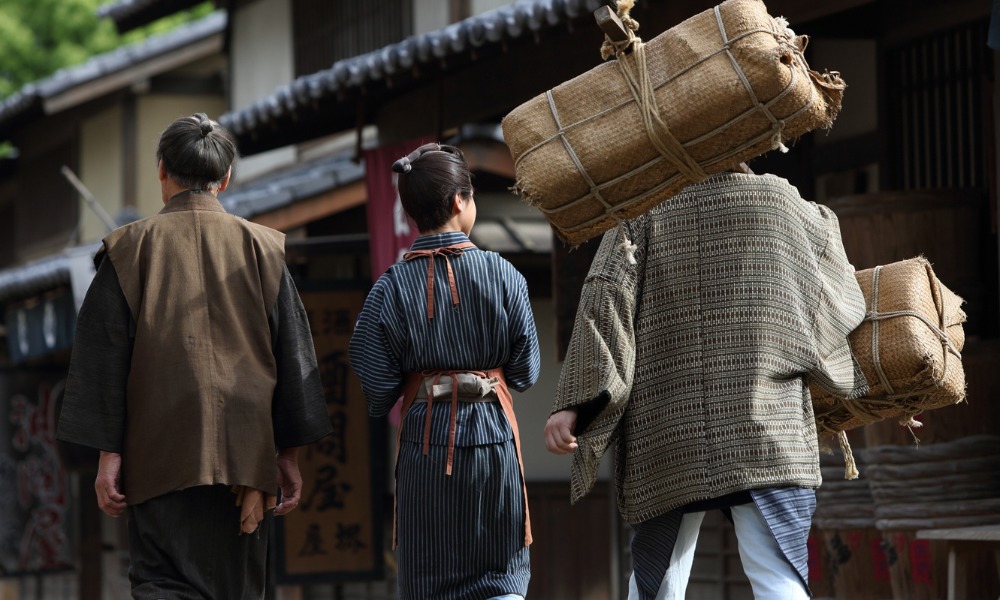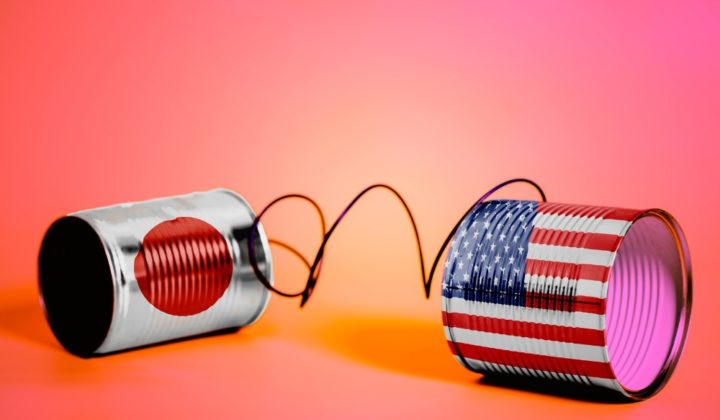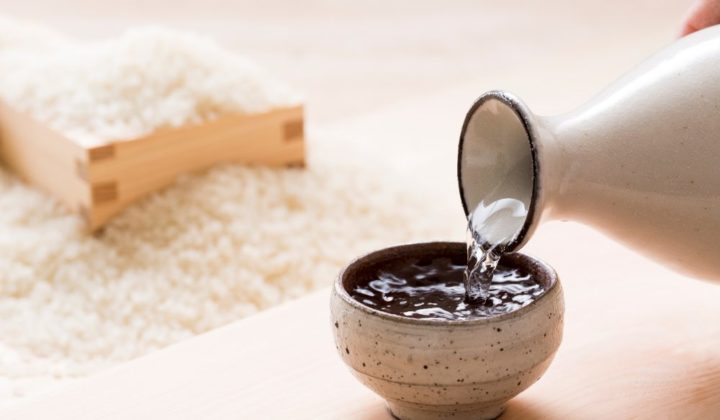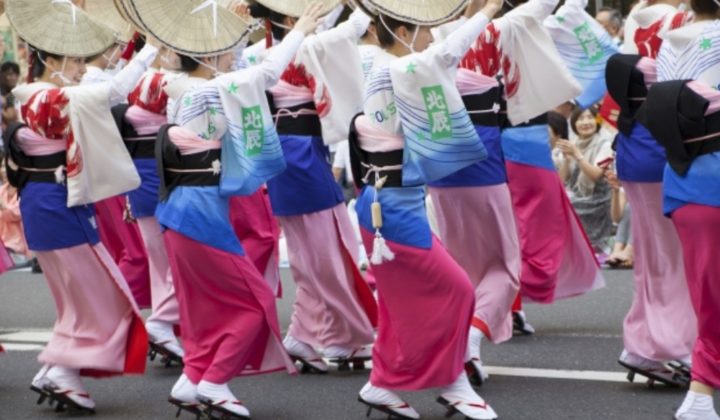The Edo period started in 1603 and lasted until 1867 and was a time of significant political, economic, and social change in Japan. This period, characterized by the Tokugawa shogunate’s rule, saw the growth of cities, the emergence of a vibrant popular culture, and the establishment of stringent social stratification, leading to a stable social hierarchy that would shape Japanese society for centuries to come.
Edo Period Politics
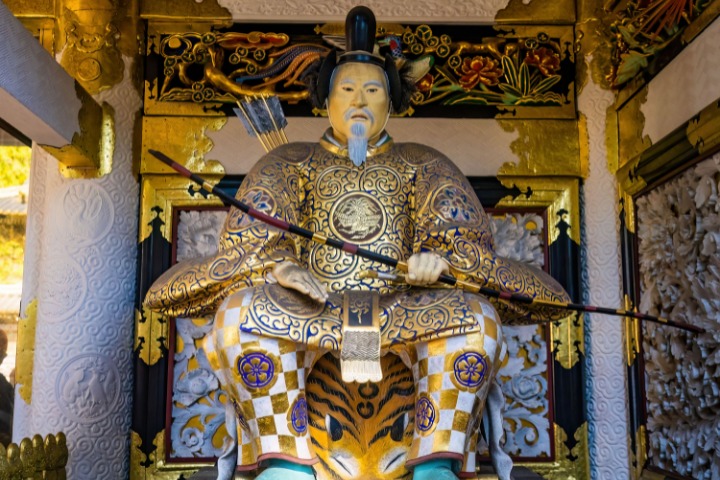
Image credit: Canva
Politically, the Edo period was marked by a centralized government that worked to maintain stability and control over the country. Based in Edo (modern-day Tokyo), the shogunate established a strict social hierarchy that placed the samurai class at the top and relegated merchants and other commoners to lower positions.
One of the key features of this system was the sankin-kotai system, which required daimyos (feudal lords) to spend alternating years in Edo and their home provinces. This system helped to ensure that the daimyos remained loyal to the shogunate and did not develop too much power or influence in their regions. This was especially important since daimyo could have complete control over their han (domain), and this could be dangerous for the authorities back in Edo.
Another crucial political development during the Edo period was the growth of the merchant class. While merchants had traditionally been considered a lower class in Japanese society, the growth of cities and the establishment of a more stable economic system helped to elevate the status of merchants and make them more influential. In some cases, wealthy merchants even became patrons of the arts and supported the development of popular culture. This would grind on the gears of lower-ranking samurai in later years.
During this time, Christians brought in Catholicism, but the Tokugawa banned it as they didn’t want any external influence on their politics. Confucianism was the way of the people, and the Tokugawa could use Confucianism’s values of submitting to higher authorities and respecting parents and elders to their advantage. Catholicism would deviate power from authorities and vest it into another entity, which in this case was Jesus.
Economic Developments
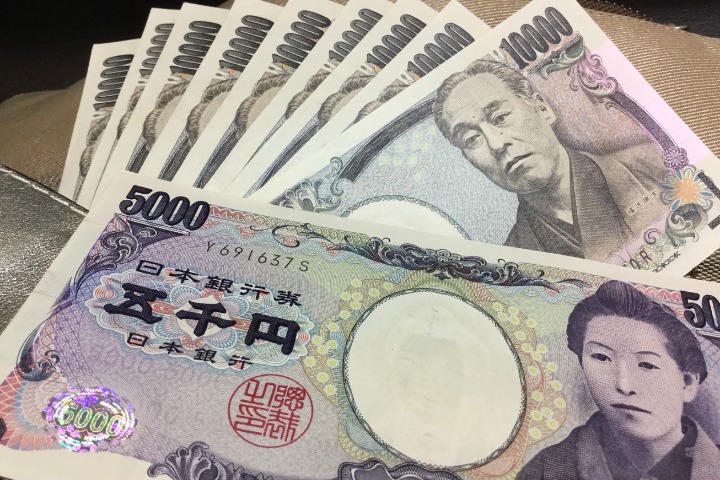
Image credit: Canva
The Edo period was marked by significant growth and development as Japan underwent a period of relative stability and peace after a continuous warring period. The shogunate implemented several economic policies, such as establishing national highways and promoting domestic trade, which helped stimulate economic growth and development.
At the same time, however, the strict social hierarchy of the Edo period also led to significant economic disparities, with the samurai class enjoying significant privileges and access to resources while commoners often struggled to make ends meet. This growing discontent would eventually cause tears in the fabric of society and lead to a revolution via the rise of protests.
While Japan had been largely isolated from the rest of the world during the previous period of civil war and instability, the Tokugawa shogunate began establishing trade relations with countries such as China and the Netherlands. This led to importing new technologies and goods, fueling further economic growth and development. However, it is essential to note that during the Tokugawa’s time, Japan followed sakoku, or the closed country system, where they were closed off to much of the world and talking to foreigners was banned for its citizens. Allowing the Dutch to trade with them was a strategic move on their part, as it would give them knowledge of the outside, mainly of European politics.
Social Developments of Edo
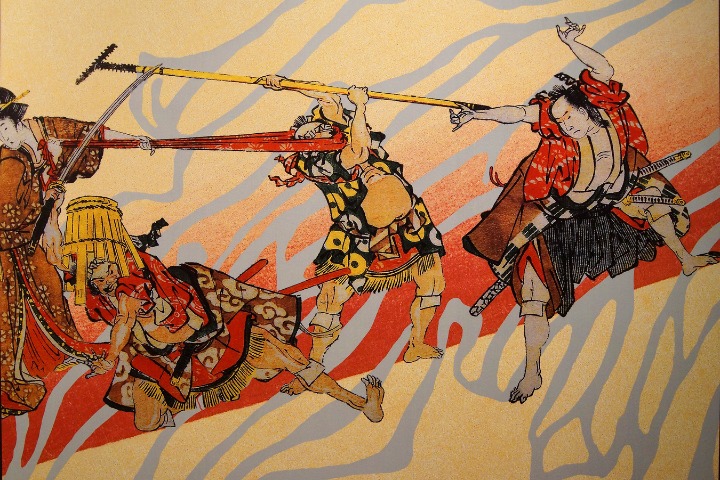
Image credit: Canva
Despite these strict controls, the Edo period also saw the emergence of a vibrant and unique popular culture. Cities such as Edo and Osaka became centers of commerce and culture, attracting merchants, artisans, and entertainers from all over Japan.
The growth of cities also led to a new class of urban commoners who developed their own unique culture and entertainment. This included the rise of kabuki theater, which featured elaborate costumes and makeup, as well as the development of popular literature and art that focused on the lives and struggles of everyday people. Kabuki especially became hugely popular among the urbanites of Japan, and it continues to be an essential cultural tradition to this day.
However, it should be noted that even at the height of vibrant culture, high arts, a flourishing literary community, and elaborate trade, many were starving to death, even in urban centers like Osaka, and riots from the starving citizens were subdued by killing them.
Related Articles
- All You Need to Know About the Japanese Emperor
- Why Your Japan Bucket-List Should Include the Kabuki Experience!
- Behind Japan’s Declining Birth Rate: More Women in Education and the Workforce?
- A Closer Look at Cool Japan
- Hikikomori: A Moral Panic in Japan
Featured image credit: Canva

